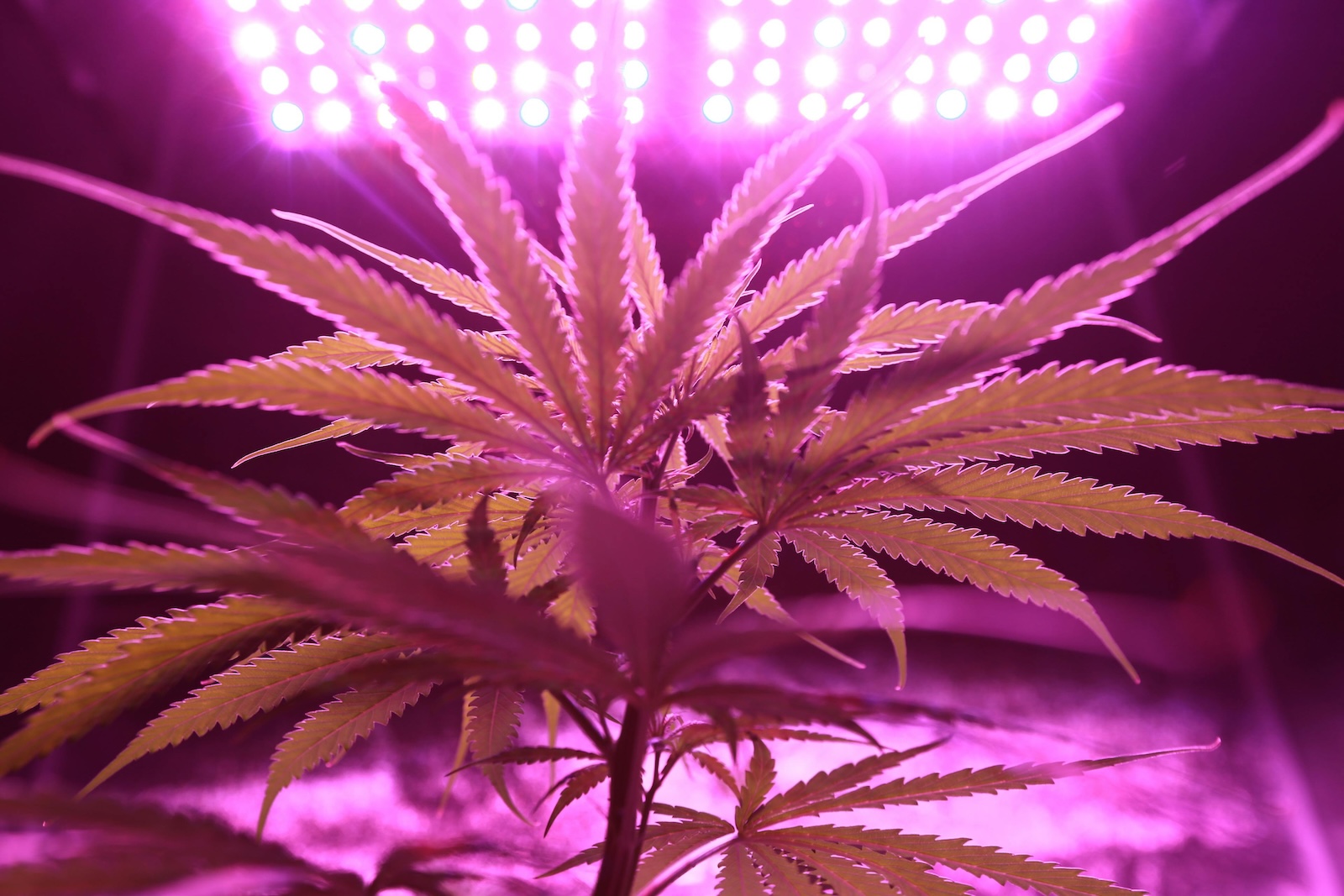
Cannabis varieties are commonly classified into three types:
- Indica
- Sativa
- Hybrid (crosses between Indica and Sativa, often with balanced effects)
These categories are widely used in the retail market and among consumers to describe physical traits, expected effects, and ideal usage times.
1. Indica
- Plant traits: Shorter, bushier plants with broader leaves—adapted to cooler climates and having dense foliage (pmc.ncbi.nlm.nih.gov+15webmd.com+15greensativa.com+15reddit.com+3leafly.com+3pmc.ncbi.nlm.nih.gov+3).
- Chemical profile: Commonly associated with higher CBD ratios and terpenes like myrcene, contributing to sedative or “body-high” effects.
- Typical effects: Physical relaxation, drowsiness, couch-lock—makes it popular for managing pain, anxiety, and insomnia (a21dispensary.com).
- Timing: Often used in the evening or before bed. A survey found 62% of users preferred indica at night versus 18% for sativa (pmc.ncbi.nlm.nih.gov+15pmc.ncbi.nlm.nih.gov+15a21dispensary.com+15).
2. Sativa
- Plant traits: Tall, slender plants with thin leaves—suited to warmer, tropical climates (greensativa.com).
- Chemical profile: Often higher in THC (although real ratios vary), and richer in uplifting terpenes like terpinolene and limonene.
- Typical effects: Energizing, cerebral high—associated with euphoria, creativity, alertness, focus, and sometimes anxiety (en.wikipedia.org+11healthline.com+11en.wikipedia.org+11).
- Timing: Favoured during morning or afternoon; a survey shows higher midday/party usage for sativas (pmc.ncbi.nlm.nih.gov+1greensativa.com+1).
3. Hybrid
- Definition: Crossbred plants combining Indica and Sativa genetics. These may be Indica-dominant, Sativa-dominant, or evenly balanced (tri-cityherald.com+8greensativa.com+8lume.com+8).
- Effects: Blend of Indica and Sativa influences. For example, a balanced hybrid might deliver relaxation without excessive sedation (lume.com+1a21dispensary.com+1).
- Real-world complexity: Effects depend on parent strains’ cannabinoid and terpene profiles. Users are encouraged to look at these profiles rather than simply the Indica/Sativa tag (reddit.com+5tri-cityherald.com+5pmc.ncbi.nlm.nih.gov+5).
- Examples: Well-known hybrids like White Widow (Brazilian Sativa × South Indian Indica), offering balanced effects (en.wikipedia.org+1en.wikipedia.org+1).
4. The Science Behind the Categories
- Cannabinoids: THC and CBD are the main compounds. Indica and Sativa often have similar THC levels; differences lie in terpenes (wired.com+15pmc.ncbi.nlm.nih.gov+15seedandstone.com+15).
- Terpenes: Aromatic compounds (e.g., myrcene, limonene) help modulate effects, shaping the “entourage effect”.
- Expectancy & context: Retail labels influence users’ expectations, and effects are often shaped by setting and intent.
- Genetic ambiguity: Research shows many strains are mislabeled and do not align genetically with classical Indica/Sativa divisions (wired.com).
Table of Key Differences
| Category | Plant Traits | Effects | Common Uses |
|---|---|---|---|
| Indica | Short, bushy, broad-leaf | Relaxing, sedation | Sleep, pain relief |
| Sativa | Tall, slender, thin-leaf | Energetic, cerebral high | Daytime, focus, creativity |
| Hybrid | Mixed appearance | Mixed effects (depend on strain) | Tailored effects |
5. Choosing the Right Strain
- Identify goals, e.g., energy & focus, relaxation & pain relief.
- Review cannabinoid & terpene content—don’t rely on broad labels (seedandstone.com+5reddit.com+5en.wikipedia.org+5pmc.ncbi.nlm.nih.gov).
- Start low, go slow, especially with edibles or high-THC varieties (a21dispensary.com).
- Consult professionals or budtenders for guidance.
6. Moving Beyond Labels
Experts and researchers urge moving past Indica/Sativa and toward chemovar-based classification, grounded in chemical analysis. This approach would improve consistency, predictability, and therapeutic reliabilityverywellhealth.com.
Wrap-Up
- Indica: Suited for evening use—sedative, body-focused, helpful for relaxation and sleep.
- Sativa: Best for daytime activities—uplifting, mentally stimulating, energizing.
- Hybrid: Offers customized effects depending on dominant genetics and chemical makeup.
- Real efficacy depends on chemical profile, terpenes, and user expectation/context. The traditional Indica/Sativa labels are convenient but increasingly recognized as oversimplified.


